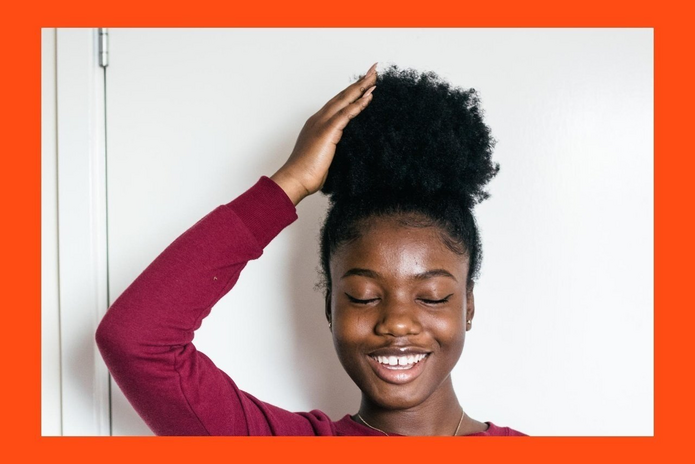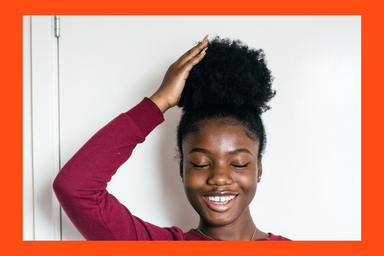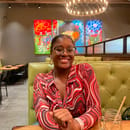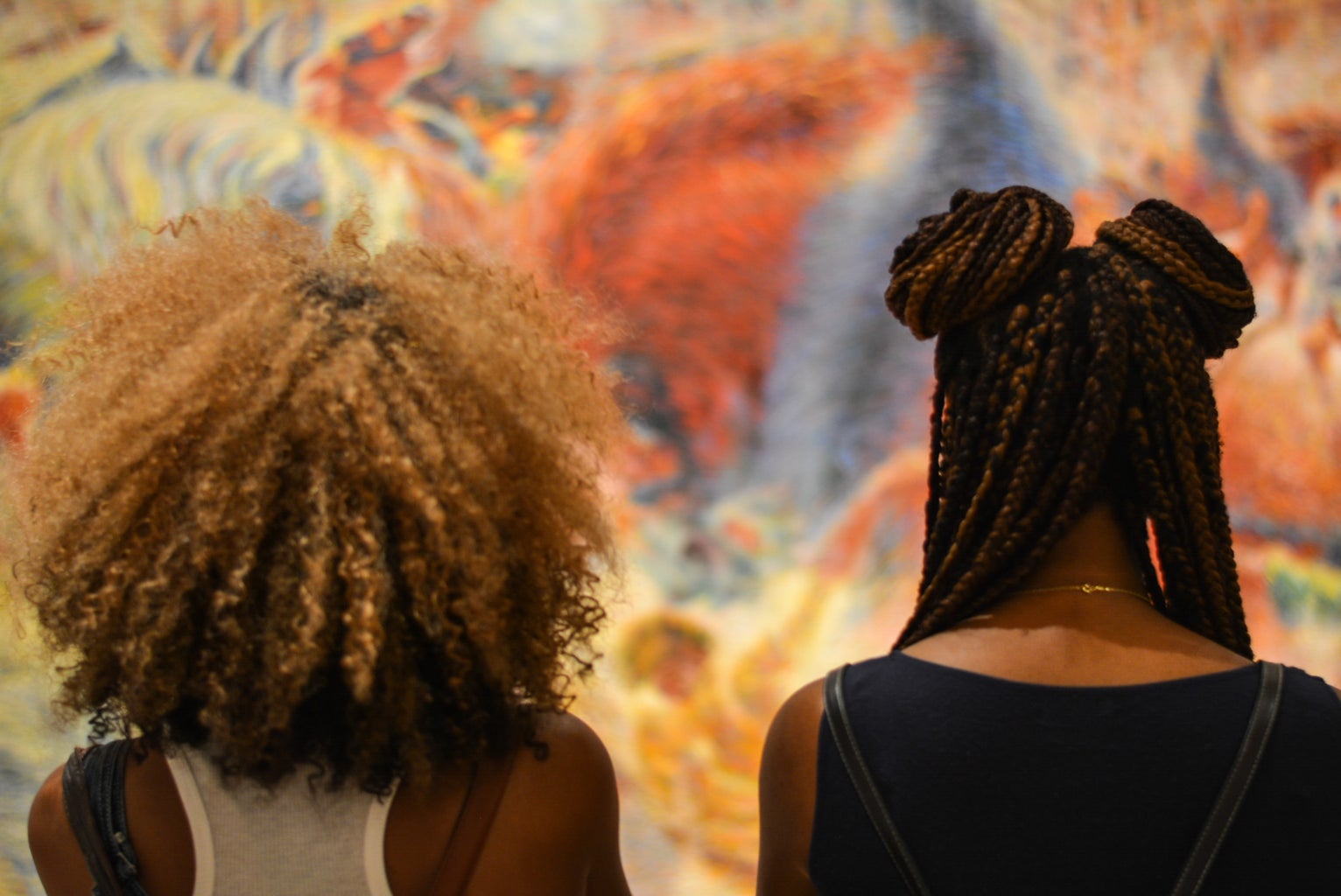As a little girl, I have deep memories of my mom greasing my scalp in front of “That’s So Raven,” combing and wrapping my permed hair during the premiere of “Jump In!,” and transitioning from relaxed hair (also known as permed hair) to the natural hair I strut in today. I vividly remember doing the big chop in middle school — it felt like a step towards taking care of my hair and embracing my coils, curls and culture. My afro was cute, sometimes accessorized with two twists in the front, or a bow pinned to the side. It served what it needed and was so meaningful to me. My natural hair story began then, but Black hair-story began much long ago.
Prior to the Trans-Atlantic Slave Trade and Genocide, Africans wore detailed and expressive braids, twists and other styles. It often reflected one’s status, tribe or traditions. They would use their braids and cornrows as a way to store food in case they were faced with starvation and captivity. But this isn’t even half of the story.
Many enslaved individuals were eventually stripped of their hair and connection to their homes and families. In efforts to care for their hair, some people would use bacon grease or kerosene as a moisturizer or conditioner. Europeans would dehumanize Black hair, calling it “wool” and making it illegal for their hair to be worn outside. “Good Hair,” or hair near straight was valued. Black people were forced to fit into Eurocentric beauty standards and straight hair became a prerequisite in society.
Hot combs were a household item and Madam C.J. Walker’s press-and-curl style was a popular trend amongst many Black women in the late 1800s and early 1900s. Madam C.J. Walker is known for being the first Black woman self-made millionaire. She also created the first hair-straightening formula. Walker was inspired by Annie Turnbo Malone who became one of the first Black women millionaires for her hair care line, Poro Products and a cosmetology school.
The mid-1900s sparked a change when the Black is Beautiful and Black Pride movements took full bloom. Natural Black hairstyles like afros and cornrows were televised, glorified and became a way of protest during the Civil Rights Movement. Cicely Tyson became the first person to wear cornrows on TV and liberation leaders like Angela Davis popularized afros. Black people were no longer conforming to the standards but were making their own. This was an unapologetic way to celebrate being Black in every space you were in and it continues today.
Yet today, we still face discrimination against our hair worldwide. From bans on natural hair in some schools in South Africa to bans on Locs at graduation ceremonies here in the United States. In a lot of spaces today, Black hair is deemed unprofessional or distracting on Black bodies but trendy on others. Black hair has become both powerful and political. The fight for Black hair equity has made its way on the Hill through the CROWN Act and the Black hair industry is now a billion-dollar industry and trendsetter in salons across the world.
Despite the stereotypes and discrimination that come along with the history and beauty of Black hair, it is truly a symbol of Black resistance and rich culture.




